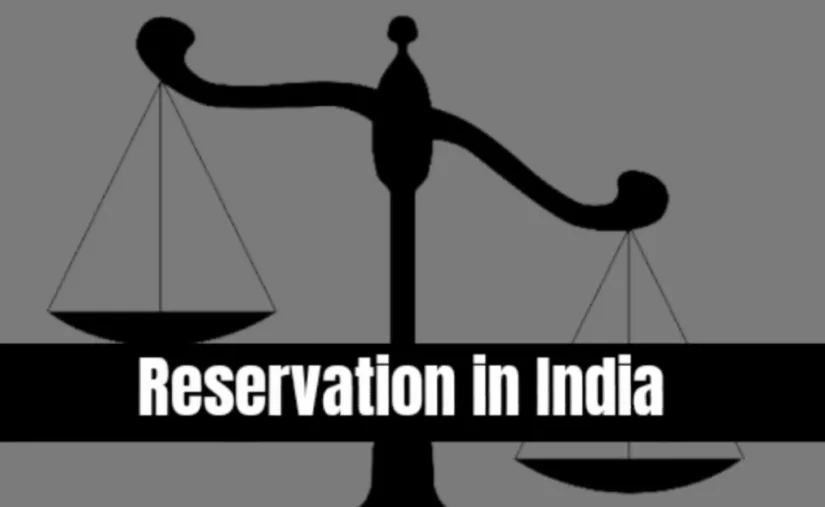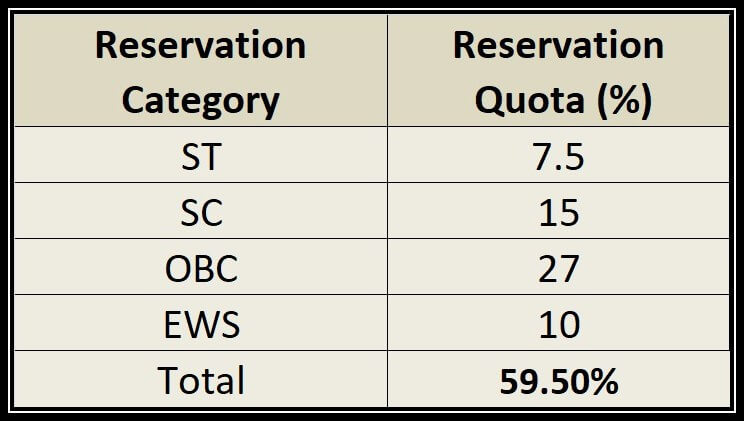Free Courses Sale ends Soon, Get It Now


Free Courses Sale ends Soon, Get It Now



Copyright infringement not intended
Picture Courtesy: https://9freakinhours.wordpress.com/2020/08/11/reservation-system-in-india/
Context: The Andhra Pradesh Muslim reservation case involves efforts to establish a 5% quota for Muslims in the state, which have faced legal objections principally relating to procedural issues and the sufficiency of evidence showing the need for such reservation. The matter is currently awaiting a hearing at the Supreme Court.
Details
Background
Key Legal Issues
Controversies and Debates
|
Reservation in India ●Reservation systems favouring certain castes and communities existed even before independence. Demands for positive discrimination were made as early as the late 19th century. Leaders like Chatrapati Shahu and movements like the Justice Party in the early 20th century initiated reservation policies. ●The Constitution of India provides the framework for reservations under Articles 15(4) and 46. These articles allow the state to make special provisions for the advancement of socially and educationally backward classes, including Scheduled Castes (SCs) and Scheduled Tribes (STs). ●After independence, the Indian government initiated major programs for the benefit of SCs and STs. The Mandal Commission in 1979 marked a significant shift by recommending reservations for Other Backward Classes (OBCs). Subsequently, reservations were extended to more groups, including economically weaker sections of the general category. ●Reservations are implemented in various sectors, including education and employment. Specific percentages of reserved seats vary across states and categories. For example, in central government-funded institutions, seats are reserved as follows: SC - 15%, ST - 7.5%, OBC - 27%, and additional reservations 10% for EWS. |

Way Forward
Must Read Articles:
Source:
|
PRACTICE QUESTION Q. The reservation system aims to provide social justice by ensuring representation for disadvantaged communities. However, concerns exist about meritocracy, where the most qualified candidate might be overlooked due to reserved quotas. How to design a system that effectively balances the need for inclusion with the importance of merit-based selection? |
© 2024 iasgyan. All right reserved